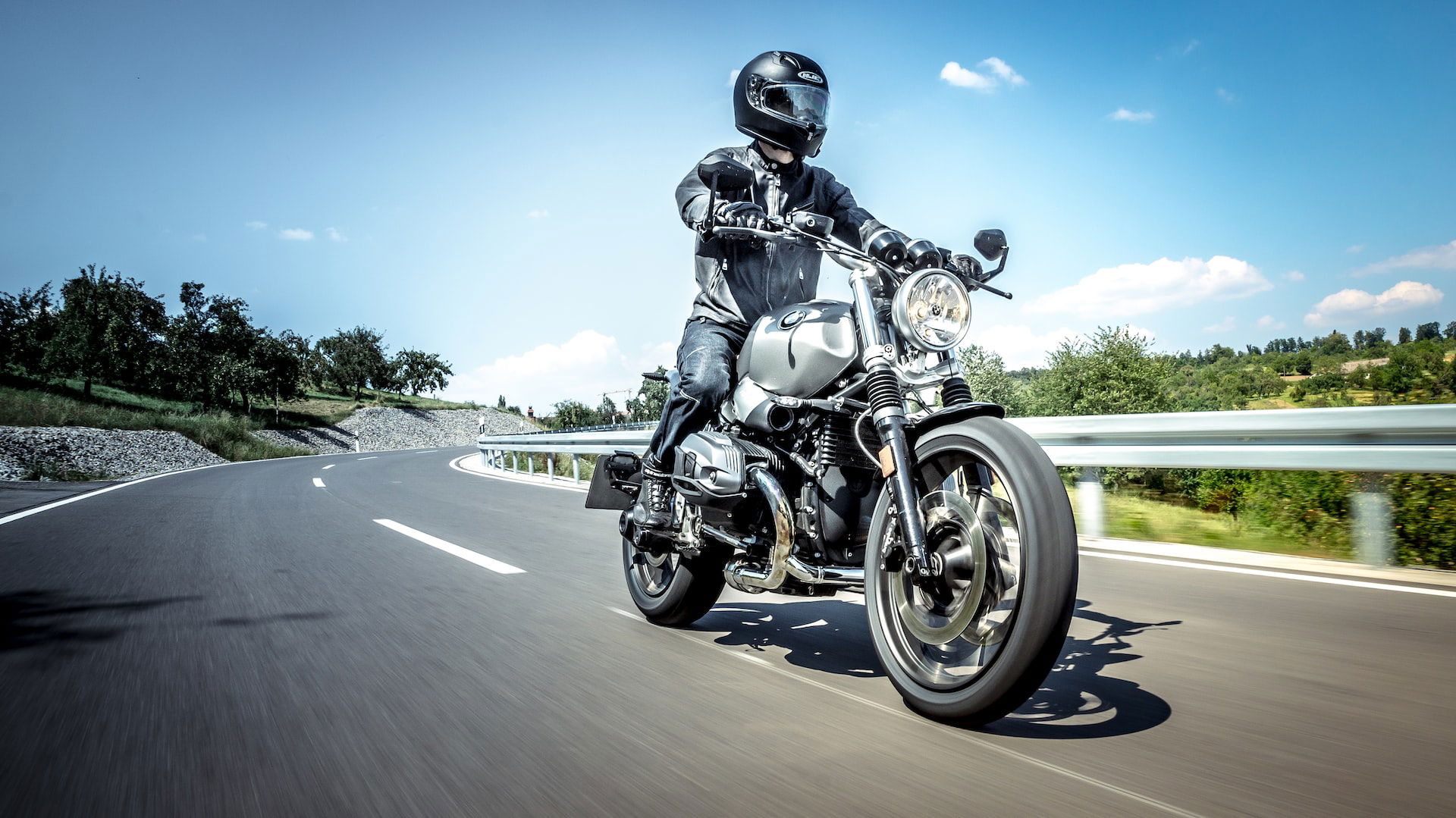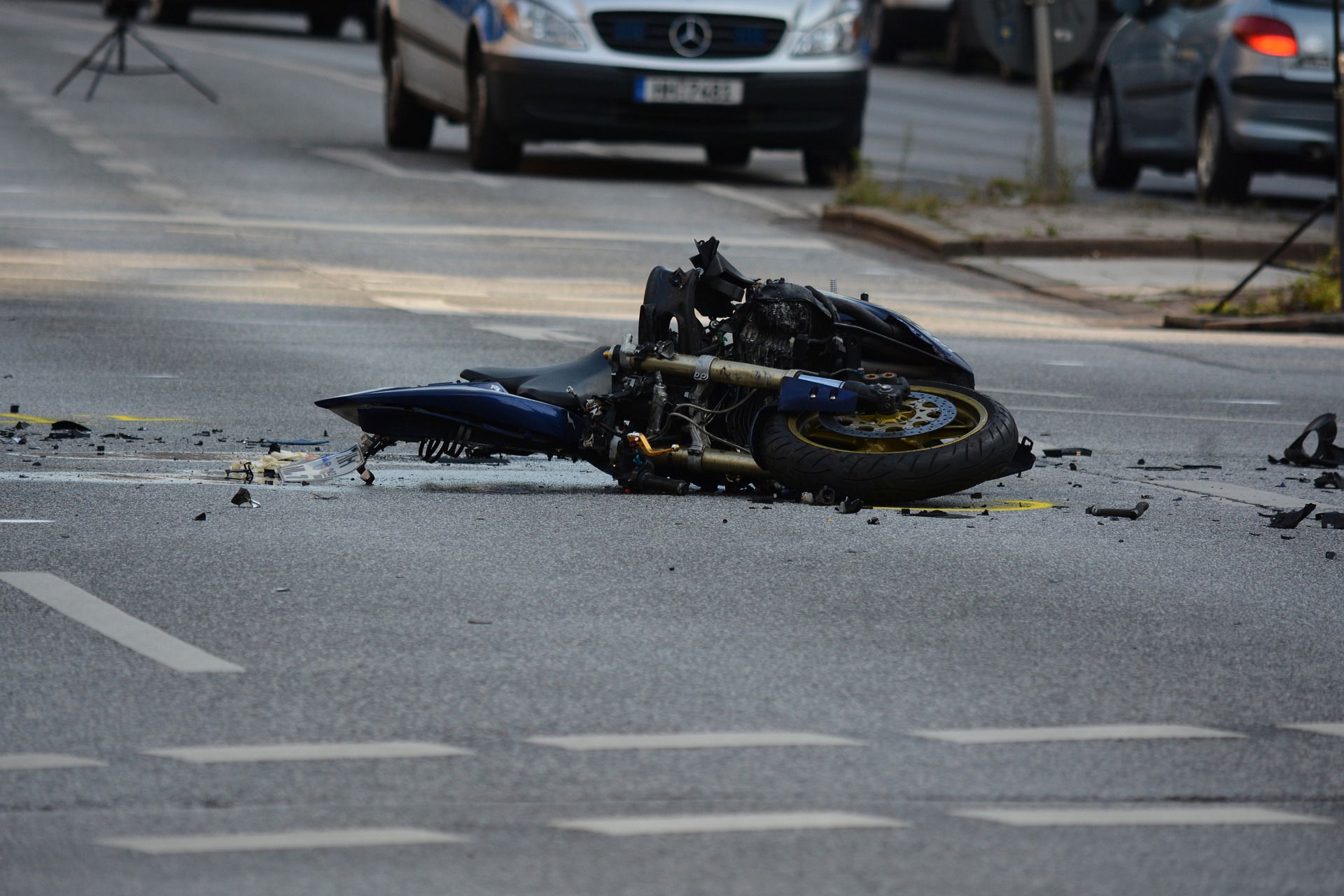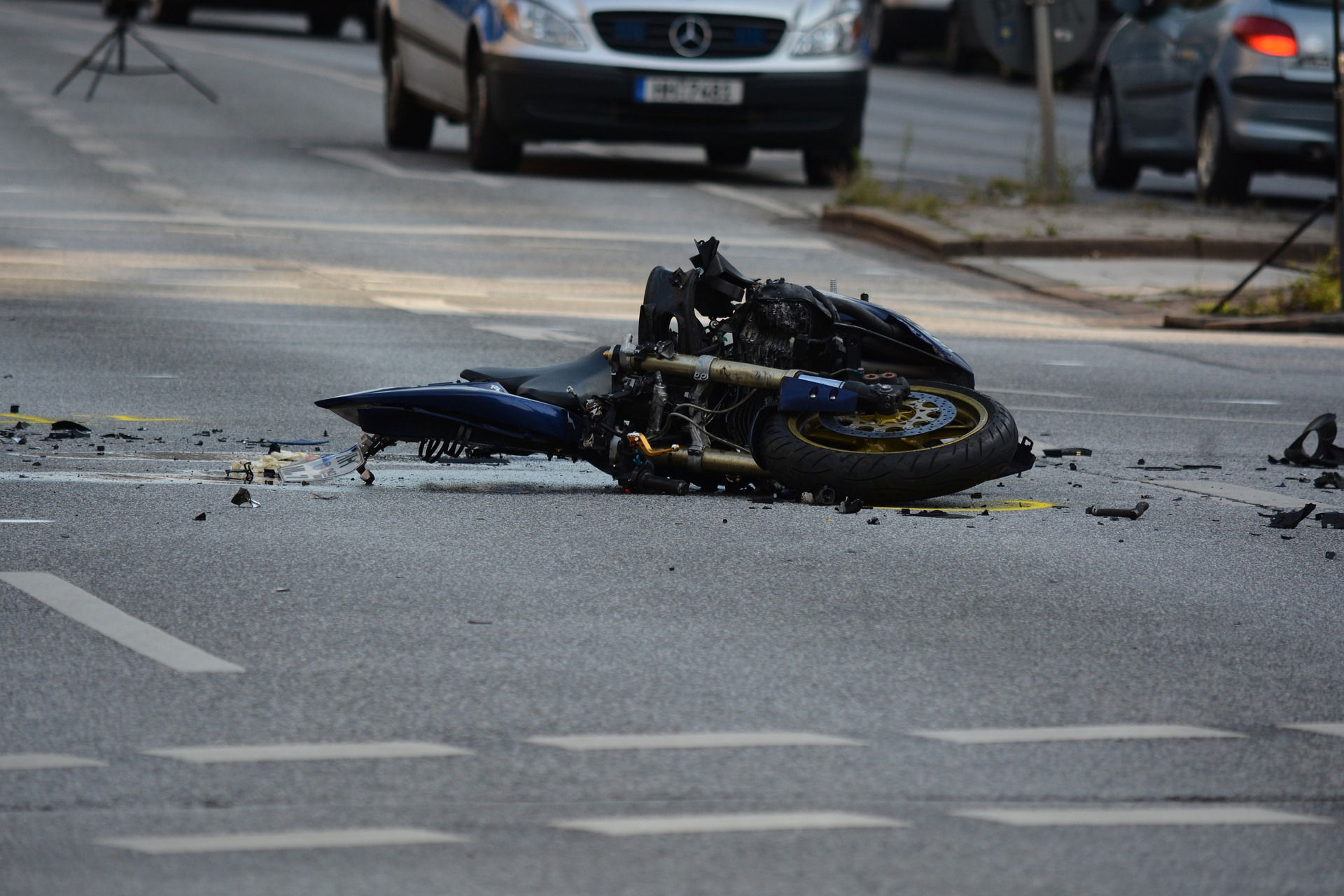Motorcycle Safety Tips for Pennsylvania’s Open Roads
There's no doubt that motorcycles are the best form of transportation when the weather is warm. It's an experience like no other. All that is on your mind is getting out and enjoying the day.
While that is the best goal to have, it is also a good idea to know about the statistics involving motorcycle crashes.
Pennsylvania Motorcycle Crash Facts
In 2019 there were 2,969 motorcyclists involved in wrecks. Of that number, 2,651 were injured, and 172 were fatal accidents. One hundred seventy-two families lost someone they loved, and 2,651 were wounded to varying degrees – perhaps permanently or temporarily.
Some may not be able to walk again. Some may have lost a limb. Some may have sustained a traumatic brain injury. Based on vehicle miles traveled, bikers are involved in fatal accidents 27 times more often than those traveling in motor vehicles. That makes sense because cars have far more protection to offer their occupants than bikers out in the open on a motorcycle with no protection.
The rate of death and injuries for those who ride is not only concerning, it raises serious questions about the safety of those riding. Here is the one thing that most people do not know, though – cars typically do "not" hit motorcycles. It is the motorcycle that strikes another vehicle. Ninety-six percent of deadly motorcycle crashes nationwide result from a biker hitting a car. That is not to say that the motor vehicle driver was not at fault for cutting the biker off, turning left in front of the rider without looking, or making a sudden lane change.
What Needs to Change to Reduce Motorcycle Accidents
From a safety at all costs point of view, motorcyclists must consider slowing down and yielding to motor vehicles. Virtually 77 percent of all motorcycle crashes happen in the bike's 10, 11, 12, 1, and 2 o'clock positions. And the hard truth in a lot of these crashes is that speeding is the main culprit leading to a loss of control of the bike. Additionally, the faster the motorcycle goes, the more devastating the impact. Following posted road signs designating speed limits is a place to start, as they are there to guide drivers on the safe speed for the stretch of road they are traveling on.
Wearing helmets is a simple thing to do and one that may save a life – yours! Helmets work, and it has been shown repeatedly that bikers who wear them are more likely to survive head injuries. While that may still mean sustaining a traumatic brain injury, the fact is that the damage would not be as severe.
It's illegal to drive drunk, but it happens. It happens when driving a car. It occurs when riding a motorcycle. Just don't do it. Motorcycles are already difficult to handle, even in ideal circumstances. Holding one while impaired is a recipe for disaster. Why make it harder for everyone on the road? Why risk your life?
Remember that other drivers cannot see you if you are out on the road. That means if they cannot see you, you do not exist. You can mitigate that to a certain extent by wearing the proper brightly colored clothing, traveling at the posted speed limit, staying in your lane, using your headlight, and always using signals.
Remember that speed kills. It also means if you are speeding on your motorcycle and the car in front of you comes to a sudden halt or slows down abruptly, you stand the chance of rear-ending it. That typically ends with the biker being ejected and landing somewhere on the road. It's not a good outcome.
To prevent that type of accident, back off, slow down, keep your distance, and stay alert. Give others plenty of space so that if they suddenly do something you were not expecting them to do, you can adjust, avoid and keep going while staying safe.
It just takes some careful thought and planning to remain safe while riding. At times that may seem like it's not worth the extra time and care, but your life is worth the extra time and care. Stay safe and do not run yellow lights or jump red ones. That is an accident in the making. Yellow lights do not mean speed up and go faster. Watch for other vehicles that think it's ok to run a yellow or red.
And finally, know what you are doing while driving your motorcycle. Maybe you think you know and have been riding for years, but here's the thing, most riders over brake the rear or under brake the front tire. Or, they do not separate swerving from braking or choose to swerve when it's not a wise choice. Know when and how to stop and when to shift. These are moves that can save your life.




